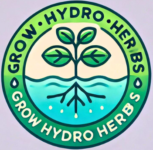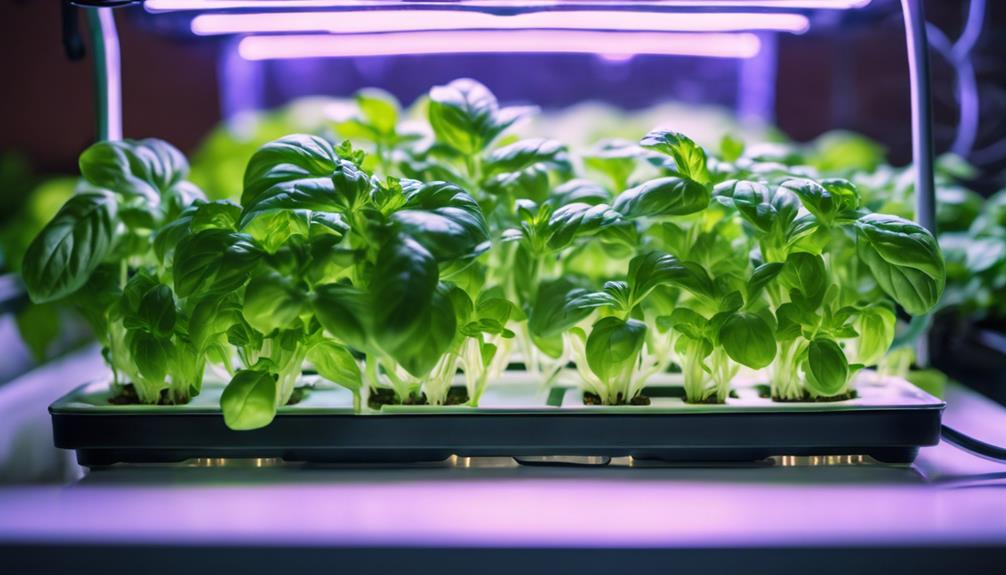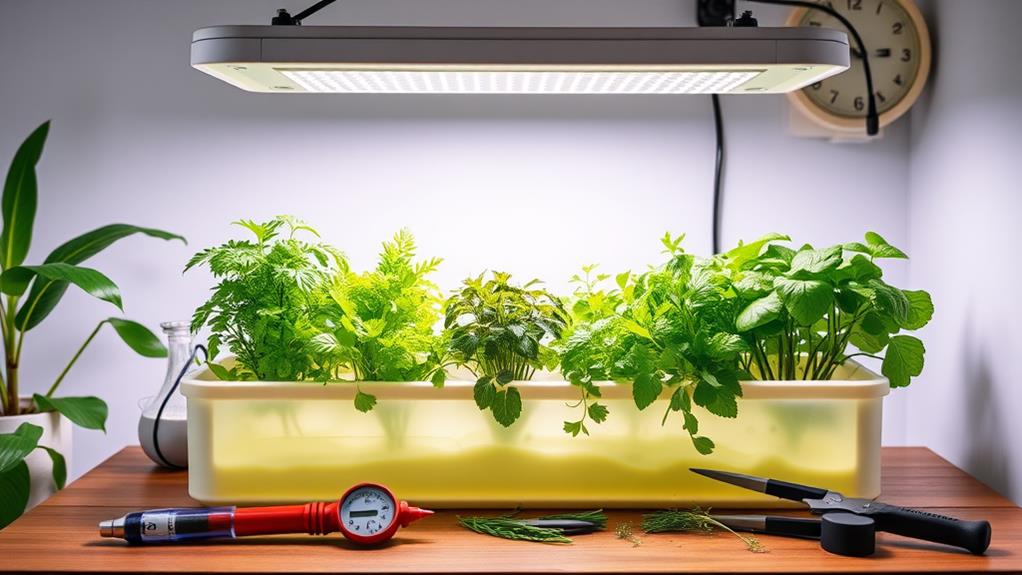Hydroponics offers a clean and efficient way to grow plants indoors, but even in a controlled environment, pests and diseases can invade your hydroponic garden. Pest and disease control for hydroponic gardens is crucial for maintaining a healthy grow room. This article will guide you through identifying, controlling, and preventing hydroponic pests, ensuring your indoor garden thrives.
GrowHydroHerbs TLDR
- Regularly inspect your hydroponic plants for signs of pests and diseases.
- Use beneficial insects and insecticidal treatments like neem oil to control infestations.
- Maintain cleanliness and control humidity to prevent fungal diseases like powdery mildew and root rot.
- Quarantine new plants to prevent introducing pests into your hydroponic environment.
- Keep your grow room clean to protect your hydroponic garden from common pests and diseases.
What Are the Common Pests in Hydroponic Gardens?
Even without soil, hydroponic systems are not immune to pests. Common pests found in hydroponic gardens include spider mites, aphids, thrips, and whiteflies.
Spider Mites
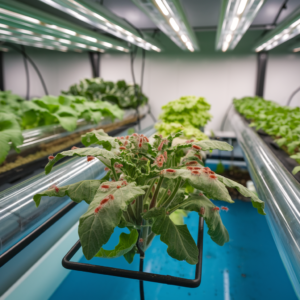
Spider mites are tiny pests that can cause significant damage to your plants. They spin webs on the underside of leaves and suck sap from your plants, leading to wilt and weakened plants.
Aphids
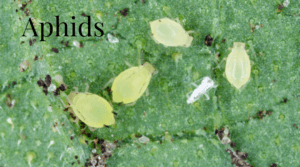
Aphids are small insects, often white or yellowish in color, that feed on the sap from your plants.
They can spread diseases and cause leaves and stems to become distorted.
Thrips
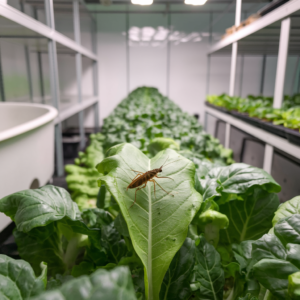
Thrips are tiny pests that can transmit diseases like the tomato spotted wilt virus. They cause damage by scraping plant surfaces and sucking out the contents.
Whiteflies
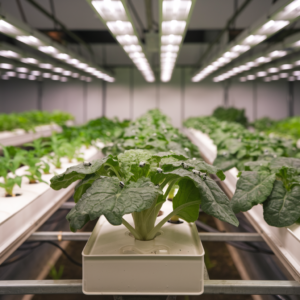
Whiteflies are common indoor garden pests that feed on plant sap, excreting a sticky substance that can lead to fungal growth.
How Do Pests Enter Hydroponic Systems?
Pests can enter your grow room through new plants, ventilation systems, or even on your clothing. Understanding how pests enter your hydroponic setup helps in controlling pests effectively.
New Plants
Introducing new plants without proper quarantine can bring pests and diseases into your hydroponic environment.
Ventilation and Openings
Pests like fungus gnats and whiteflies can enter your grow room through vents and open windows.
Human Interaction
Tiny pests may hitch a ride on your clothes or tools, making it essential to maintain cleanliness around your plants.
How to Identify Pests and Diseases in Hydroponic Plants?
Regularly inspecting your hydroponic plants is one of the most effective pest management strategies.
Signs of Infestation
Look for signs like wilted leaves, webbing, or discoloration to detect infestations early.
Using Sticky Traps
Place sticky traps to monitor pest populations and catch pests like whiteflies and fungus gnats.
Inspecting Underside of Leaves
Many pests hide on the underside of leaves. Inspecting these areas can help identify issues before they damage your plants.
What are Effective Methods to Control Pests in Hydroponic Gardens?
Once you’ve identified a pest or disease, swift action is necessary to protect your hydroponic garden.
Natural Predators
Introducing beneficial insects like ladybugs and lacewings can help control pest populations without chemicals.
Neem Oil Spray
Using a neem oil spray is one of the best treatments for pests like aphids and spider mites.
Insecticidal Soaps
Insecticidal soaps can be effective against soft-bodied insects without harming your hydroponic plants.
How to Prevent Pests and Diseases in Your Hydroponic Grow Room?
Prevention is better than cure when it comes to dealing with pests in hydroponics.
Maintain Cleanliness
Keep your grow room clean by removing dead plant matter and disinfecting tools to prevent pathogens.
Control Humidity and Nutrients
Managing humidity and nutrient levels can make your hydroponic system less susceptible to pests and fungal diseases.
Quarantine New Plants
Always quarantine new plants to prevent introducing pests into your hydroponic environment.
What are the Best Treatments for Common Hydroponic Pests and Diseases?
Understanding the best treatment options can save your hydroponic garden from severe damage.
Getting Rid of Aphids
To get rid of aphids, use insecticidal soaps or introduce beneficial insects to your garden.
Controlling Spider Mites
Spider mites can be controlled by increasing humidity and using predatory mites or neem oil sprays.
Treating Fungal Diseases
For fungal issues like powdery mildew and root rot, adjust humidity levels and consider fungicidal treatments.
How Do We Have Effective Pest and Disease Control for Hydroponic Gardens?
Keeping your hydroponic garden free from pests and diseases requires vigilance and proactive measures. By regularly inspecting your plants, maintaining a clean grow room, and using effective pest control methods, you can keep your hydroponic plants healthy and thriving.
